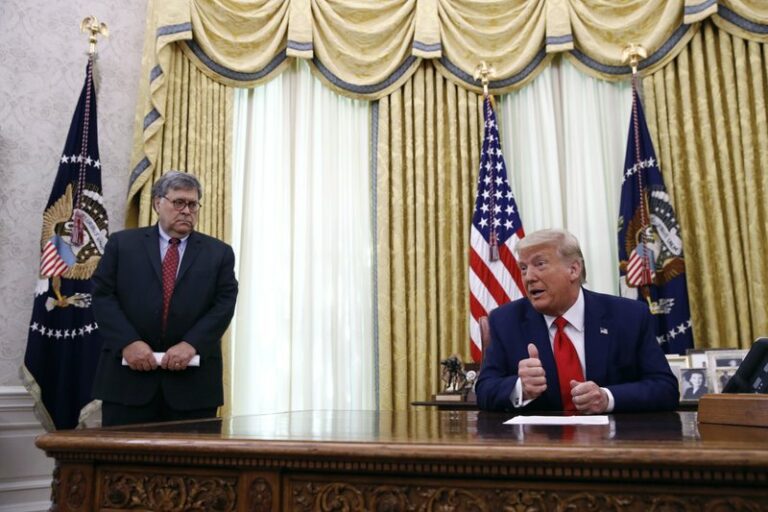 The following document was released by the Israel Foreign Ministry, citing the deficiencies in the deal signed between Iran and the P5+1.
The following document was released by the Israel Foreign Ministry, citing the deficiencies in the deal signed between Iran and the P5+1.
Deficiencies in the Iran nuclear deal
The agreement is supposed to limit the proliferation of weapons of mass destruction and should include an enforcement mechanism. However, no such mechanism exists. Instead, conflicts can only be resolved by mutually agreed consensus.
1. Inspections of suspicious sites
There are strong concerns regarding the access request mechanism:
First of all, permission to visit suspicious sites could take far longer to arrange than 24 days. The 24-day countdown starts only after the IAEA turns to Iran with its suspicions concerning a particular site (thereby revealing to the Iranians the intelligence-based information the IAEA possesses). Iran subsequently must supply an answer, but no time limit is specified for the Iranian response. It is entirely possible that a long time will pass, possibly even months, without an Iranian reply. During that time, the IAEA cannot request to visit the site (which would start the 24-day countdown).
It is important to note that Iran will be able to cover up any signs of prohibited activity within the 24-day period, particularly if this activity does not involve fissile material (for example, calculations on the output of a nuclear explosion or experiments using metal with a radioactive signature that is not uranium).
Another important point to stress is that if Iran decides not to permit a visit to the site even after the 24-day countdown no automatic enforcement is applied. Instead, the matter is passed on to the Joint Commission, which will have another 65 days to make a decision. It is also possible that the commission’s discussion will end without imposing any enforcement measures, allowing Iran to refuse entry to the inspectors, again without any punishment or enforcement actions.
Moreover, Iran has already signaled its unwillingness to allow inspections of an entire category of sites: In Iran’s letter to the President of the Security Council of July 20th it declares “such (military) facilities will not be subject to inspection”
2. The agreement does not include an enforcement mechanism
The agreement, which has a technical character, is supposed to limit the proliferation of weapons of mass destruction. To achieve that goal, it should include an enforcement mechanism, so that Iran’s violations of the agreement (or its overly expansive interpretations of gray areas) would be dealt with by enforcement actions. However, no such mechanism exists. The so-called “snap back option” can only handle major violations. All other Iranian violations that fall short of “significant non-performance” cannot be addressed through the agreement’s mechanisms. This means that the agreement is based on an all or nothing approach that is not capable of dealing with the wide range of problematic Iranian behaviors that will probably arise.
3. The conflict resolution mechanism relies on reaching consensus
Instead of an enforcement mechanism, the agreement includes a conflict resolution mechanism. This mechanism is designed to only resolve conflicts that can be mutually agreed-upon by consensus. In the absence of such a consensus, this mechanism would be effectively paralyzed. As this agreement concerns major conflicting interests between the sides, the chances of arriving at a good-faith consensus are slender.
4. Issues with “snap back” sanctions
In theory, any of the P5 powers can reinstate the sanctions through the UN Security Council and no veto is permitted. However, according to the agreement and repetitive statements by Iran, should the “snap back option” be utilized, Iran will withdraw from the agreement. Hence, any of the five states that believes that the snap back option should be deployed can only do so if it is willing to bear the consequences: the dissolution of the agreement. This creates a strong deterrent effect against activating “snap back” of the sanctions.
5. The agreement is unmanageable
Although the published nuclear agreement is long and contains many details, in many topics the language used in the agreement is vague, lacking detail or is not explicit enough to prevent widely varied interpretations of their contents. Given its history in the nuclear field, Iran will probably exploit these unclear or unequivocal formulations to its benefit.
6. The procurement channel for nuclear-related products is not tight, and enforcement ability is incomplete:
Security Council resolution 2231 of July 20th established a channel for monitoring the acquisition of products or raw materials used for nuclear-related activities. The monitoring is based on declarations by the exporting state and Joint Commission supervision. However, the mechanism leaves too much up to the judgment of the exporting state, as to whether the products or materials must be declared, and to the way their use will be monitored. It is very likely that Iran will exploit this gap to its own advantage.
Also, if a third party discovers violations in this area (such as a product or service that should have been declared but was sold not through the procurement channel), there is no effective recourse that allows sufficient enforcement of the matter.
7. Removal of the arms embargo and restrictions regarding ballistic missiles:
The agreement includes the removal of the embargo on Iranian armaments and restrictions regarding its ballistic missiles after five and eight years respectively. However, the agreement purports to be limited to the nuclear issue (this is one of the justifications for not including other destabilizing Iranian behaviors, such as its support of terrorism).
Furthermore, during the period while the embargo is still in place, there will be no effective enforcement mechanisms: in the framework of canceling previous Security Council resolutions, the Sanctions Committee and the Panel of Experts that were in charge of enforcing the embargo on Iran were also canceled. Allegedly, the embargo’s implementation will be monitored by some mechanism in the Security Council Secretariat; however, this mechanism has not yet been formulated, it will probably not be comprised of experts but rather political figures, and the result will be, again, lack of effective enforcement in the event that violations are discovered.
It is important to note that Iran and the P5+1 agreed ahead of time that a violation of the embargo would not constitute a violation of the nuclear agreement, but only(!) of Security Council resolution 2231; this according to the Iranian negotiator, Deputy Foreign Minister Abbas Araghchi. Iran has already announced that it will not honor these restrictions because they are, according to Iran, “illegal” – just as in the past it didn’t honor the Security Council resolutions that are canceled due to the agreement. Hezbollah’s leader, Hassan Nasrallah, who continues to receive weapons (including advanced missiles) from Iran, conveyed a similar message.
8. The possible military dimensions (PMD) of Iran’s nuclear program are not a condition of the agreement:
It seems that the PMD issue (IAEA examination of Iran’s past military nuclear program) was not included as a condition of the agreement’s implementation or for the removal of sanctions. This makes it difficult to determine the extent of Iran’s military nuclear program in the past. Furthermore, the head of the Atomic Energy Organization of Iran, Ali Akbar Salehi, said in this context that Iran has understandings with IAEA and that the conclusions of the reports that will be submitted by the IAEA are known to Iran in advance. This issue is important not only to understand what Iran did in the past and what the possible penalization is for this action, but also in order to understand what should be done in the future to prevent Iran from progressing with its military program under the auspices of a legitimate civilian program according to the agreement.
9. Legal aspects:
It should be noted that only parts of the agreement were drafted under Chapter VII, Article 41 of the UN Charter (which allows non-military sanctions in the event of a violation). This weakens the legal force of the agreement.
(YWN – Israel Desk, Jerusalem)






One Response
But it achieves its primary goal – avoiding a war between the US and Iran while Obama is still in office. That’s the modern equivalent of “peace in our time” (and unlike Chamberlain, Obama has a fixed term that is coming to an end). The world may go poof, but not on his watch.